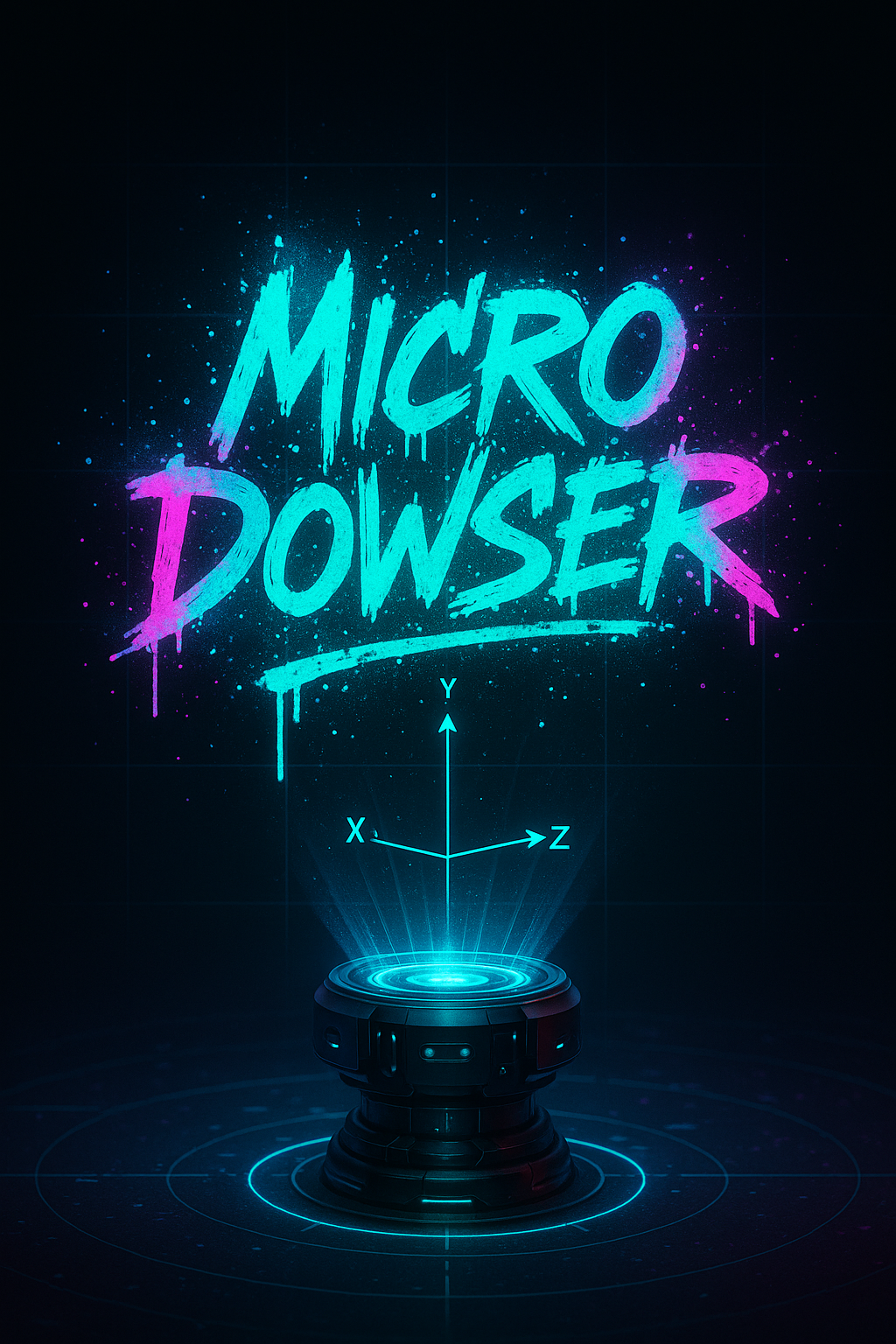
Divination by subconscious microgestures
Created by entangled.org
Hold your phone and think "YES"
Your subconscious mind creates tiny, involuntary movements called microgestures. These movements are too small to see but can be detected by your phone's accelerometer. When you think "YES" or "NO", your body produces distinct patterns of these microgestures.
Microdowser uses multiple analysis techniques to identify your unique gesture patterns:
You focus on "YES" for 10 seconds, then "NO" for 10 seconds. The app learns your unique microgesture patterns.
You ask a yes/no question and hold your phone while thinking about it for 10 seconds.
The app compares your question gestures to your calibrated YES/NO patterns using advanced algorithms.
You receive an answer with a confidence percentage based on pattern similarity.
The graph shows the magnitude of your movements over time:
🔵 Cyan line = YES calibration pattern
🔴 Pink line = NO calibration pattern
🟡 Yellow line = Your question pattern
The app samples accelerometer data at ~60Hz across X, Y, and Z axes. Data is normalized to remove gravity bias while preserving sudden movements. Multiple similarity metrics are combined with weighted scoring: